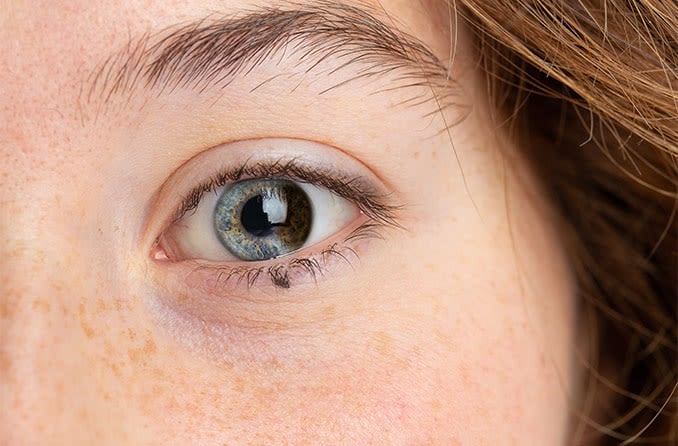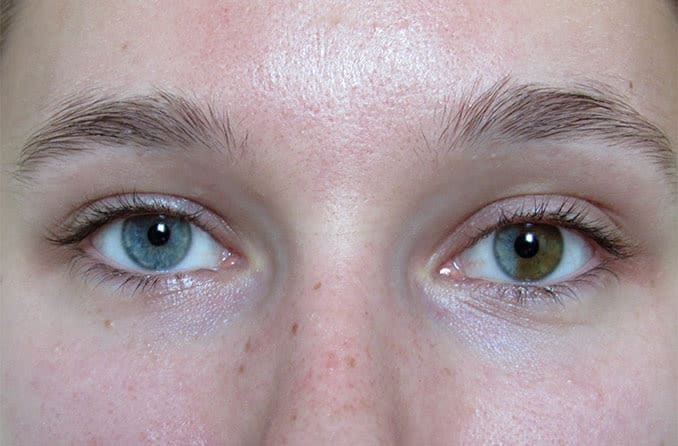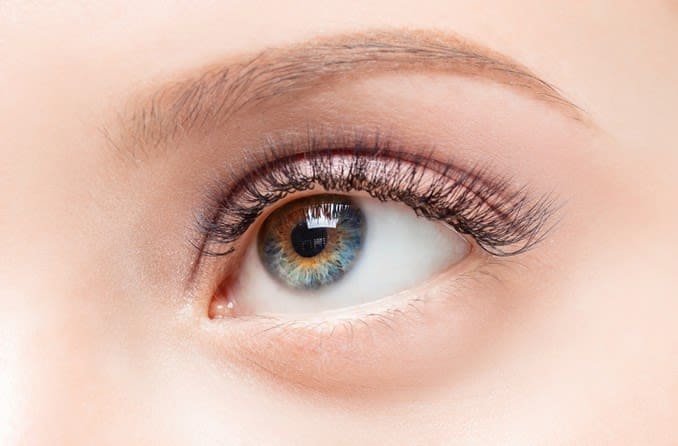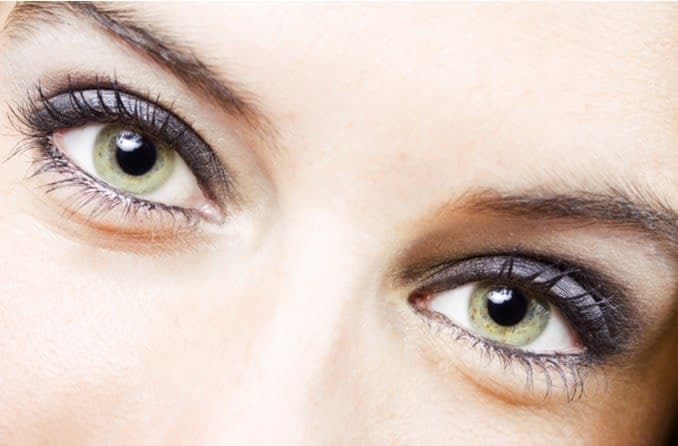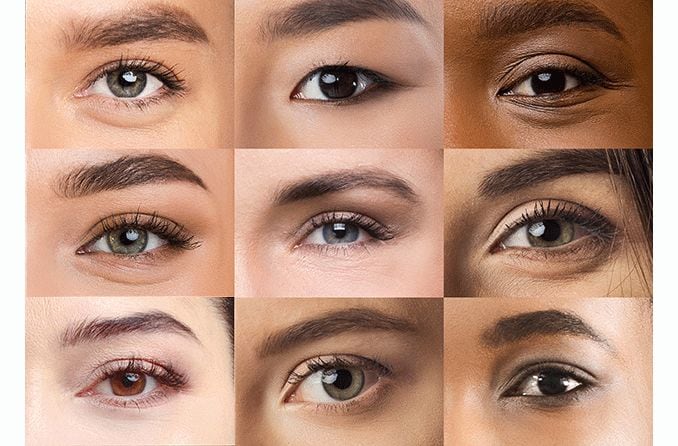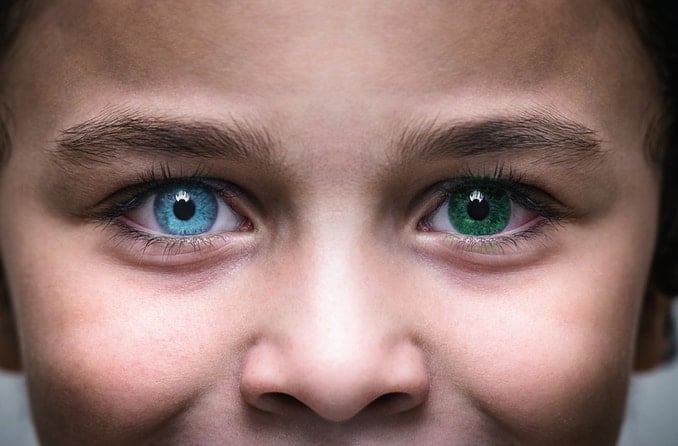Heterochromia is a relatively rare, benign trait that occurs when the melanin in the eyes is inconsistent, which leads to color variations in one or both irises. It is more often than not simply a matter of genetics, although heterochromia is occasionally the result of injury or an underlying condition.
There are three types of heterochromia: partial (sectoral)heterochromia, complete heterochromia and central heterochromia. Color variations can range from flecks of gold in blue or green eyes to two completely different colored eyes — it all depends on the type of heterochromia experienced.
There are a number of factors that can cause heterochromia. Many times, infants are born with the condition, although in rarer instances, it can be acquired later in life.
Although the trait is uncommon, heterochromia is usually inherited and exists at birth or occurs soon after as a result of a genetic abnormality. When heterochromia is present at birth, it is referred to as congenital heterochromia, and the majority of the time, no other symptoms are present.
When heterochromia occurs at birth or in the early stages of life, it can be caused by an underlying medical condition. Some of these conditions include the following:
Horner’s syndrome
Sturge-Weber syndrome
Bourneville disease
Waardenburg syndrome
Piebaldism
Hirschsprung disease
Heterochromia can also occur later in life — referred to as acquired heterochromia — due to illness or injury. Some circumstances that can result in acquired heterochromia include:
Eye trauma or injury
Eye surgery
Swelling as a result of uveitis
Ocular melanosis
Tumors of the iris, whether malignant or benign
Glaucoma
Fuchs’ heterochromic cyclitis
Pigment dispersion syndrome
Acquired Horner’s syndrome
SEE RELATED: Celebrities with heterochromia
Some medications and eye drops taken for glaucoma and other eye conditions can also play a part in causing heterochromia. Some of these include:
Glaucoma medication
Latisse, once used to treat glaucoma, though it is now used cosmetically to thicken eyelashes
Most heterochromia does not have additional symptoms or discomfort, but if you notice a change in your eye color (especially if it’s accompanied by pain), contact an eye care professional.
READ NEXT: How rare is heterochromia?



